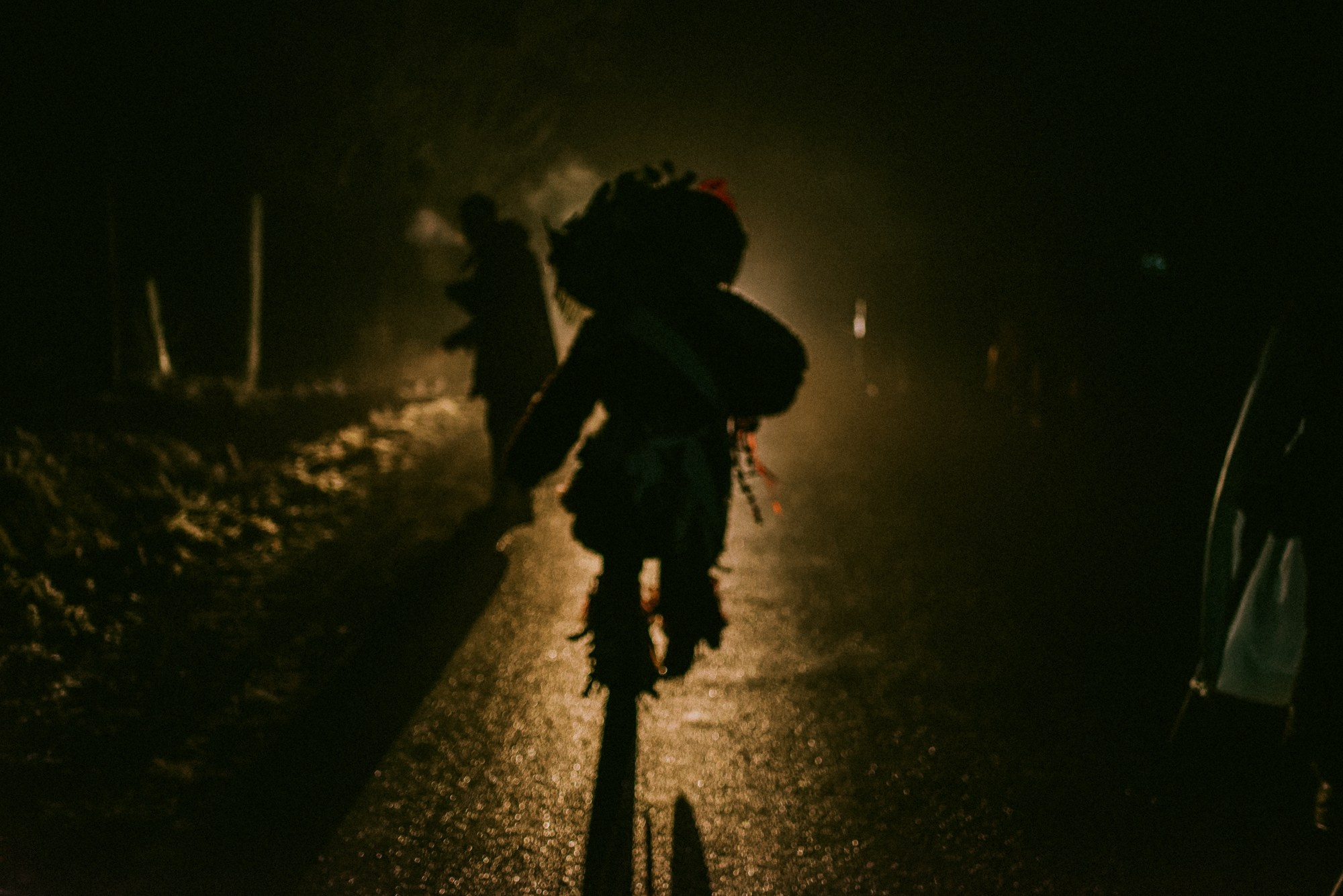Malanca is a spectacular folk tradition, especially common in the communities of northern Moldova and Bukovina, with deep roots in New Year’s customs. It usually takes place on the night of December 31st to January 1st and marks the transition between years through a blend of folk theater, traditional costumes, music, dance, and humor. Participants — known as malancari — dress up as symbolic characters, often inspired by mythology, history, or rural life: death, the soldier, the bride, the bear, the gypsy, the devil, the old man, and many more. They go from house to house or take part in organized village parades, accompanied by drums, flutes, and distinctive sounds. The message behind it is to chase away evil and attract good fortune, fertility, and abundance in the new year. In some areas, Malanca has evolved into a true display of folk art, with groups preparing costumes, scripts, and music months in advance. It is an authentic way of preserving cultural identity and celebrating community spirit.






























